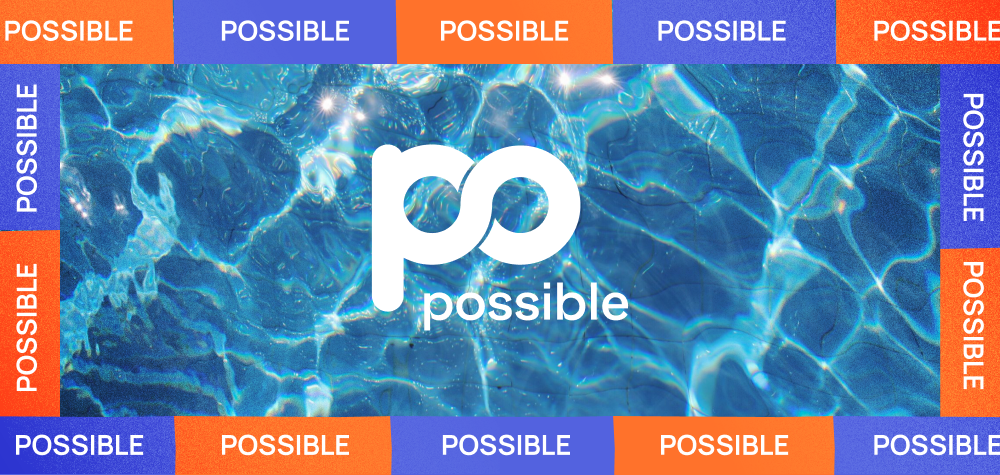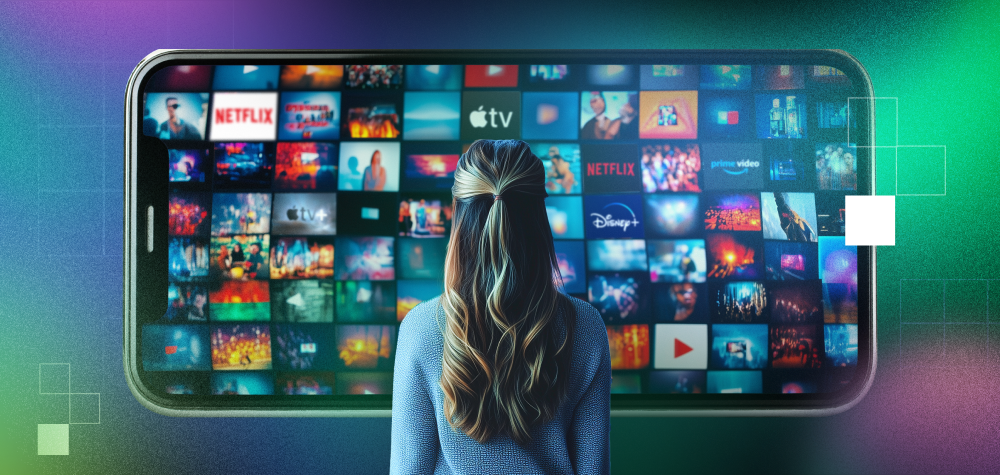Brands will spend $8.5 billion running ads inside games this year, inspired by their nearly universal popularity and relative brand safety, according to a new survey from the Interactive Advertising Bureau.
That said, brands still spend more money per person reaching consumers on other advertising channels, suggesting there’s additional room for growth in games-related advertising.
In 2024, the gaming industry is bigger than it’s ever been. Roughly 212 million people in the U.S. play games on a regular basis. Mobile gaming is king, bringing in an estimated $101 billion in total revenue in 2022.
Most of that game revenue still comes directly from players, not advertisers.
But perceptions among advertisers are changing quickly, eMarketer analyst Ethan Cramer-Flood said on a recent episode of the Behind the Numbers podcast.
“That’s changing now because these ads work,” Cramer-Flood said. “Obviously, mobile gaming is unbelievably popular. Everybody [plays mobile games] and now you’re starting to get higher quality ads from higher quality advertisers. The numbers are starting to get really real, to the point where now I think this is something you have to pay attention to.”
Roughly 32 percent of advertisers say game-related ads are “excellent” at driving brand awareness, because they engage people while they’re immersed in a game. Advertisers rank just two other channels—social media and digital display ads—higher, according to the IAB report.
Some 86 percent of advertisers say games represent a brand-safe advertising channel—ranking it the second highest-rated channel for brand safety, behind digital audio, which includes streaming music and podcasts.
So why aren’t brands spending more money running ads alongside games?
One of the leading challenges is access: The majority of game advertising transactions still involve negotiations between the advertiser and the publisher in some form. Nearly one-third of transactions are programmatic guaranteed, where games publishers guarantee a specific number of advertising impressions at a fixed cost. Roughly 30 percent of transactions are direct deals, negotiated with the publisher’s sales representatives.
Another 20 percent of transactions occur on private marketplaces, which are invitation-only platforms where games publishers invite specific advertisers to bid on their inventory. Just 17 percent of games advertising transactions today occur on open exchanges, where any advertiser can bid on available advertising inventory, according to the IAB report.
By comparison, 91 percent of all digital display ads worldwide are purchased today on programmatic platforms, with fewer than 10 percent of advertising deals happening directly, according to analysts at eMarketer.
Another big challenge is inventory: Mobile games are the most popular medium for games-related advertising because consumers expect to see ads inside free-to-play games. As a result, there are millions of available ad units each day inside mobile games.
Consumers haven’t been conditioned to see ads on PC and console games, so there are fewer available ad units there. Roughly 3 out of 4 advertisers surveyed said they bought ads on mobile games, while just 1 out of 4 said they bought ads on all three gaming media platforms—mobile, PC, and console.
The final challenge is financial: Mobile games have one of the highest 30-day churn rates among mobile apps. If 100 people download a mobile game on the same day, just 2 people from the group will still be playing that game 30 days later, on average.
Looking at Android games specifically, it costs an average of $1.10 to acquire a new customer, which means publishers have a short window to make $1.10 or more in revenue per customer, so they generate enough money to fuel new downloads, and pay for ongoing operational costs.
As a result, game publishers prefer rewarded video ads, which pay high CPMs. The challenge is that rewarded video ads are largely used by other app developers, who are trying to generate mobile downloads themselves.
In 2024, traditional brands still believe that buying ads on digital games takes too much effort to plan and buy.
Asked to rank the ease of buying ads across six different media channels, digital games ranked close to last, with digital display, social media, digital audio, and CTV ranked higher for perceived ease of use, according to the IAB report.



